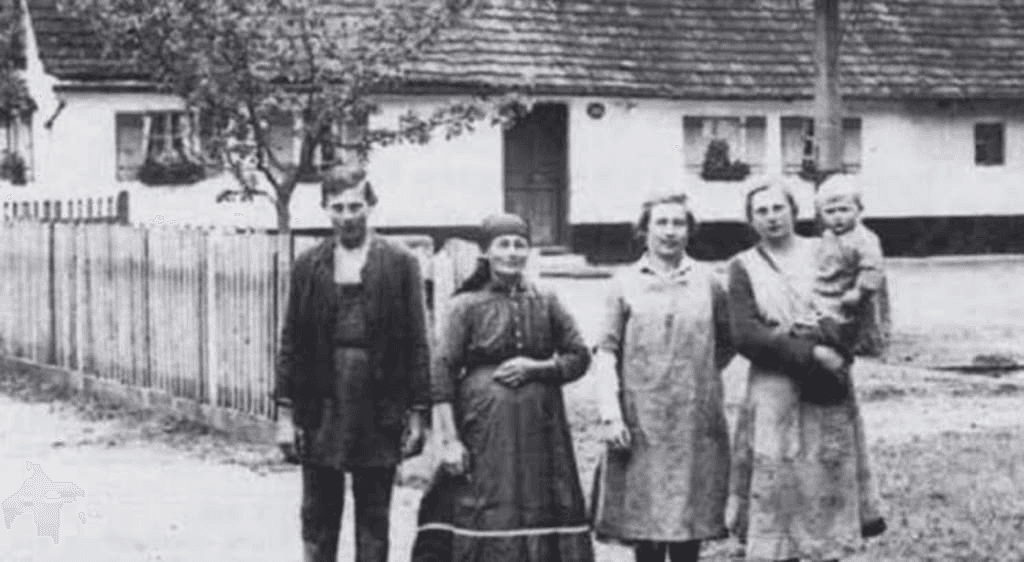
The Hinterkaifeck Murders
A Quiet Farm, A Hidden Horror
In the remote woods near Gröbern, Germany, stood a lonely little farm called Hinterkaifeck. It was home to:
- Andreas Gruber (63)
- Cäzilia Gruber (72)
- Their widowed daughter, Viktoria Gabriel (35)
- Viktoria’s children: Cäzilia (7) and Josef (2)
- A maid, Maria Baumgartner (44)
On March 31, 1922, all six were murdered — bludgeoned with a mattock (a pickaxe-like farm tool). But it wasn’t the brutality that shocked the nation. It was the chilling details before and after.
The Warning Signs
In the days leading up to the murders, strange events unfolded:
- Footprints in the snow led toward the farm… but not away.
- Andreas told neighbors he heard footsteps in the attic at night.
- The family found a newspaper on the porch that no one recognized.
- The house keys disappeared.
- Their previous maid had quit, saying the house was haunted.
Despite all this, the family stayed.
Then, on the night of March 31, the killer lured the victims to the barn one by one and murdered them. The maid and young Josef were killed inside the house.
The Killer Stayed Afterward
When neighbors grew suspicious of the family’s silence, they checked the farm on April 4.
What they found was horrifying:
- The bodies were hidden under hay and sheets.
- The killer had fed the cows, milked them, and even prepared meals.
- Smoke had been seen coming from the chimney days after the murders.
- Food was eaten.
- The dog was tied up but alive.
Whoever committed the murders stayed on the farm, unseen, for days afterward — calmly tending to animals, cooking meals, and hiding the evidence.
The Investigation
Despite one of the largest manhunts in Weimar Germany, police never found the killer.
Some notable theories include:
1. A jealous ex-lover or the child’s father?
Rumors swirled that Viktoria’s 2-year-old son Josef was the result of incest between Viktoria and her father Andreas — both had been jailed for it in the past. Could someone have killed out of revenge or shame?
2. A transient killer or escaped convict?
Possible — but then why stay on the farm after? Why tend the animals and act so… calm?
3. Someone already inside?
What if the killer was already hiding in the house for days, living in the attic as Andreas feared?
Despite numerous suspects and interrogations — including a man who later claimed on his deathbed to have been involved — no one was charged.
Legacy of Fear
- The house was demolished in 1923.
- A cross marks the spot where the barn once stood.
- The murder weapons were found hidden in the attic years later.
- The skulls of the victims were sent to Munich for analysis — and lost during WWII.
Even today, the Hinterkaifeck murders remain one of Europe’s most disturbing unsolved crimes.
**A family heard footsteps in the attic.
Then they were slaughtered one by one.
And the killer… stayed to make dinner.**